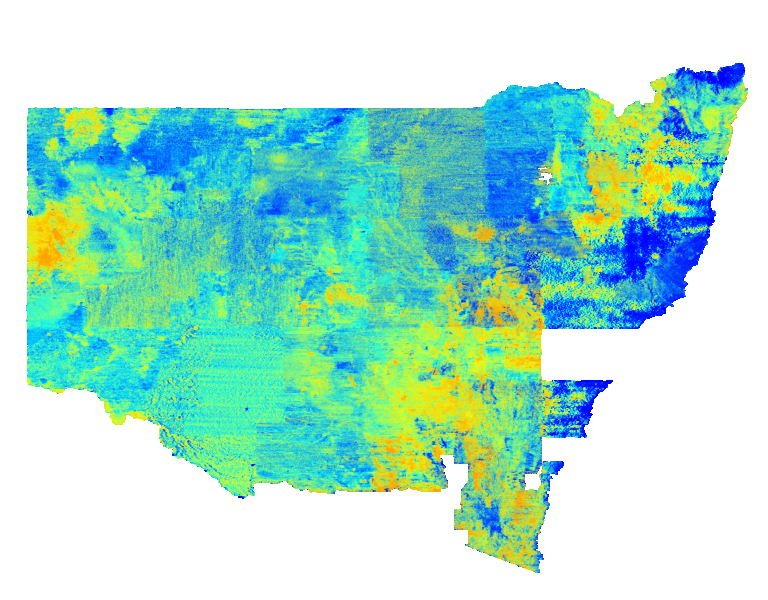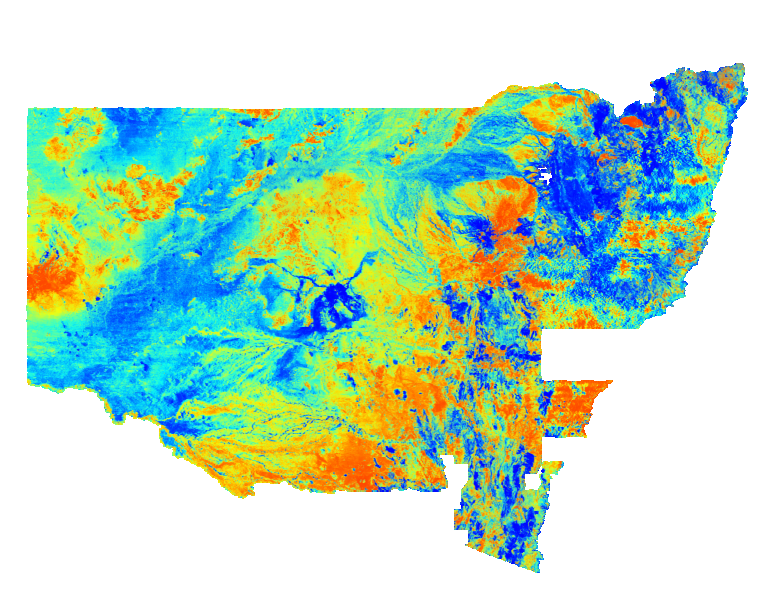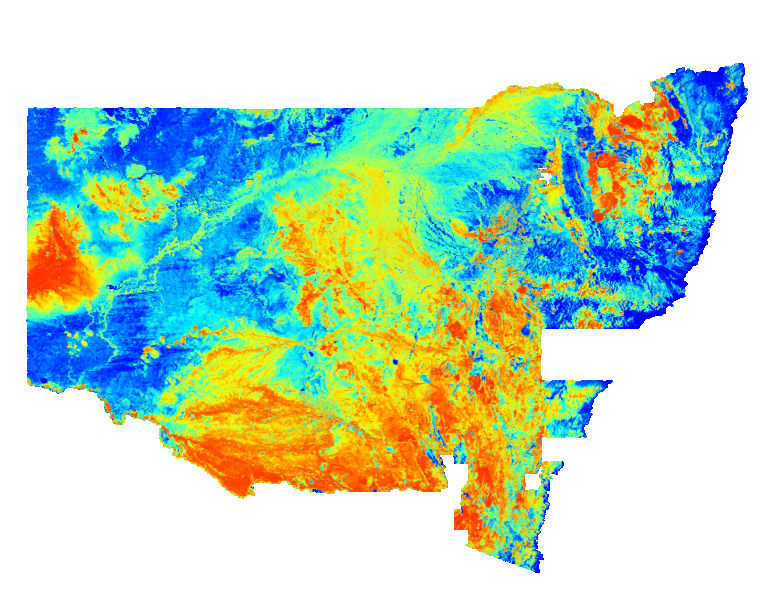Geoscientific information
Type of resources
Available actions
Topics
Keywords
Contact for the resource
Provided by
Years
Formats
Representation types
Update frequencies
status
Scale
-
Geophysics survey data has been reported to the NSW government and released under the requirements of the NSW Mining Act 1992. Contained within this vector file is the location of surveys and acquisition parameters. These surveys use uncommon techniques.
-
Locations of geotechnical reports, plans and heritage documents compiled from NSW Public Works records. These reports are considered historic records.
-
Map blocks and map units are based on a system originally devised by the British Ordinance Survey. Each 1:1 million scale map sheet is subdivided into 3456 graticular map blocks, each measuring 5’ of latitude by 5’ of longitude. These map blocks are further subdivided into 25 1’ by 1’ map units. A map unit is approximately 3 square kilometres in size. Map blocks and map units are used in New South Wales to define certain types of titles. Petroleum exploration titles (PELs) are applied for and granted as a series of map blocks (Map sheet, block number), and mineral exploration titles, which tend to be smaller in size, are defined as a list of map units.
-
This layer shows a depth slice from a 3D resistivity model of the crust derived from an inversion of the AusLAMP NSW long period MT data.
-
This layer shows a depth slice from a 3D resistivity model of the crust derived from an inversion of the AusLAMP NSW long period MT data.
-
The Geological Survey of NSW developed a Seamless Geology of UTM Zone 56 during 2014 as part of a project to develop a seamless vector geology dataset of the best available geological mapping data covering the whole of NSW.The overarching aims of the Statewide Seamless Geology Project were to: (i) compile the different original scales, formats and rock unit naming conventions into a consistent, statewide format; (ii) edge-match the geology across existing map sheets; and (iii) interpret the basement geology under cover. The resulting geodatabase comprises a series of layers which include: (i) solid basement geology; (ii) cover rocks (defined as undeformed and unmetamorphosed); (iii) Mesozoic igneous rocks; and (iv) Cenozoic sedimentary and igneous rocks. The project was divided into 3 major stages corresponding to the UTM zones which divide New South Wales. This dataset includes the seamless geology layers from the NSW portion of UTM Zone 56 (ie.east of 150 degrees longitude to the coast).
-

Pseudocolour image of the ratio between uranium and thorium within the upper 20 centimetres of the ground. Cooler colours indicate lower abundances of uranium relative to thorium and warmer colours represent the opposite. Variations in U2/Th ratio are caused varied mineral compositions in host rocks and soils. This statewide image was generated by merging many individual airborne radiometric surveys.
-

Pseudocolour image of the ratio between thorium and potassium within the upper 20 centimetres of the ground. This image was generated using normalised input grids to avoid ‘divide by zero’ errors. Cooler colours indicate lower abundances of thorium relative to potassium and warmer colours represent the opposite. Variations in Th/K ratio are caused varied mineral compositions in host rocks and soils. This statewide image was generated by merging many individual airborne radiometric surveys.
-

Pseudocolour image of the concentration of thorium in parts per million within in the upper 20 centimetres of the ground. Cooler colours indicate lower abundances of thorium and warmer colours represent higher abundances. Variations in thorium values are caused varied mineral compositions in host rocks and soils. This statewide image was generated by merging many individual airborne radiometric surveys.
-
Depth contours derived from the NSW Basement Elevation Model.
 NSW Geoscience Metadata
NSW Geoscience Metadata